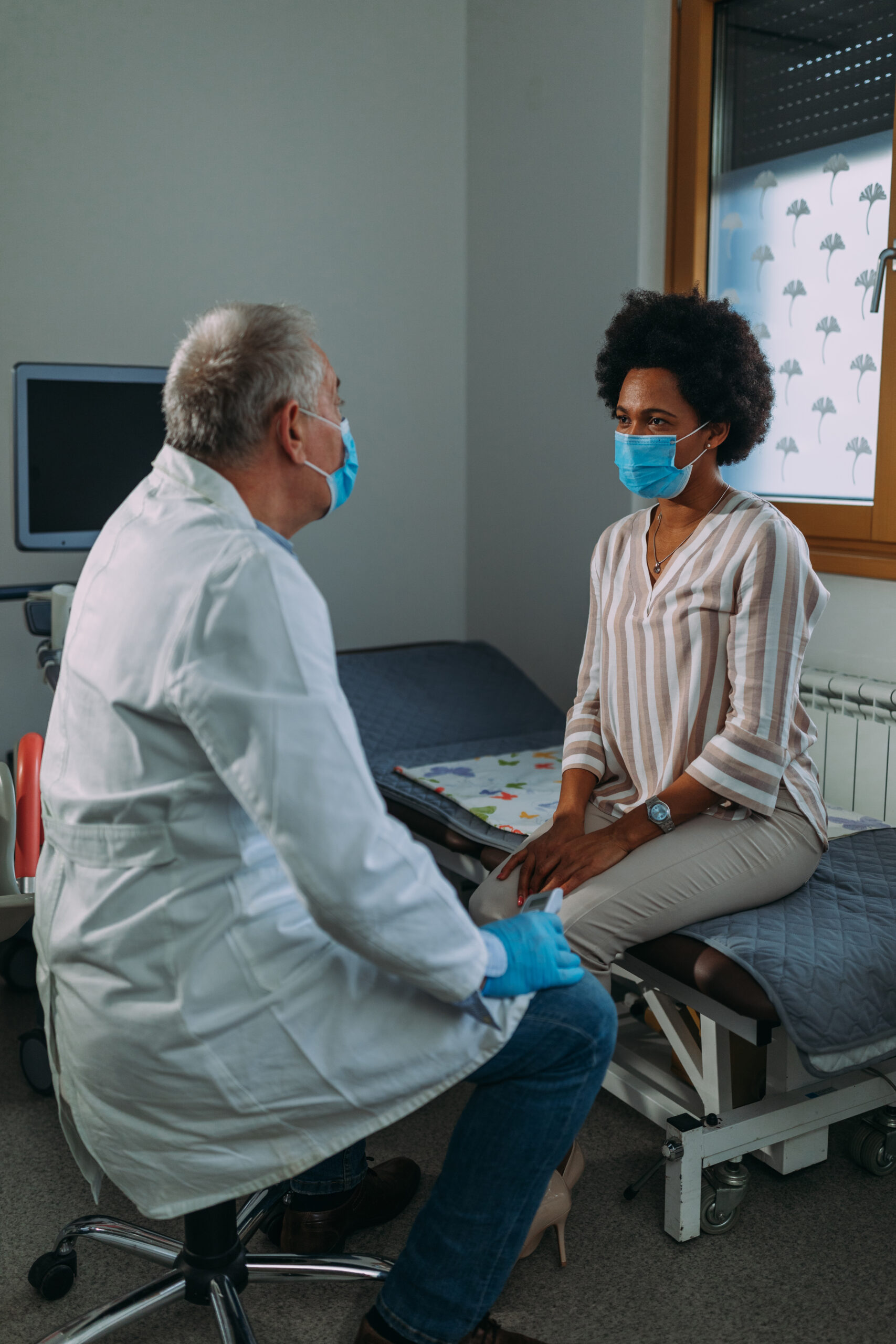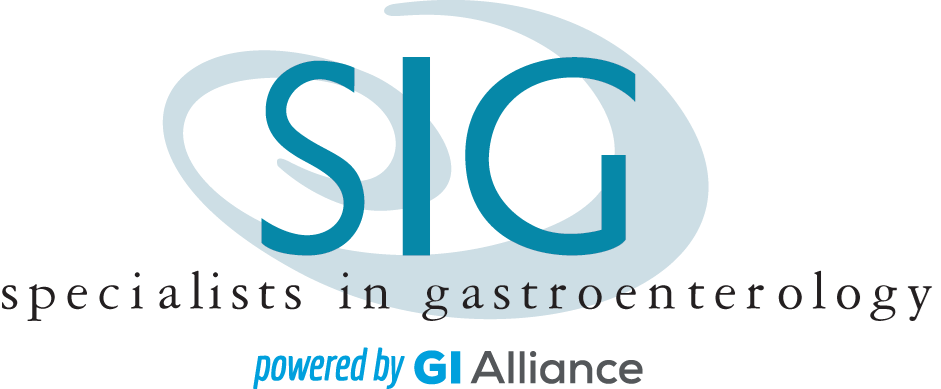Feeding Tube Insertion (PEG) in St. Louis, MO
What is feeding tube insertion (PEG)?
Feeding tube insertion, or percutaneous endoscopic gastronomy (PEG), is the treatment in which a tube is introduced directly into one’s stomach. This tube allows for nutrition, fluids, and medication to flow directly into one’s stomach without having to go through the mouth or esophagus. This procedure could be useful if an individual has trouble swallowing, or another obstacle with the consumption of sufficient nutritional fulfillment orally. If you or a family member has additional questions about feeding tube insertion in St. Louis, MO, our skilled GI providers are here to answer them. Please request a consultation at a Specialists in Gastroenterology location near you to learn more.

Who is a candidate for feeding tube insertion (PEG)?
Feeding tube insertion is typically used for people who find themselves unable to take in a substantial enough amount of nutrition by mouth, such as in the case of individuals who have a hard time swallowing. Sometimes a patient might only need a feeding tube for a limited amount of time, though in some cases the patient will use it for the duration of their lifetime. The amount of time a patient will spend on a feeding tube is dependent upon the precipitating factor for the condition. The tube will need to be replaced regularly to avoid deterioration or clogging. Depending on the cause of the feeding tube placement, you may or may not be released to consume food or liquid orally. If the tube is put in place due to difficulty swallowing, as can be the case following a stroke, then you will likely receive restrictions on your oral intake. Some people receiving a feeding tube are still permitted to eat or drink following the insertion. It is important to discuss this with your Specialists in Gastroenterology provider.
Is feeding tube insertion (PEG) safe?
PEG is a regularly performed procedure, but, as is the case with any medical treatment, it may have a few risks. Some of the risks that accompany feeding tube insertion can include discomfort surrounding the tube’s entry point, displacement of the feeding tube, and bleeding. Speak with your provider about any concerns you might have, or any risks that may be increased for you. It is important to discuss all the potential benefits and risks of this treatment with your St. Louis, MO gastroenterology provider before having the feeding tube inserted.

